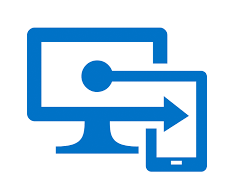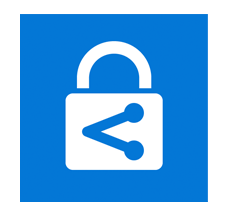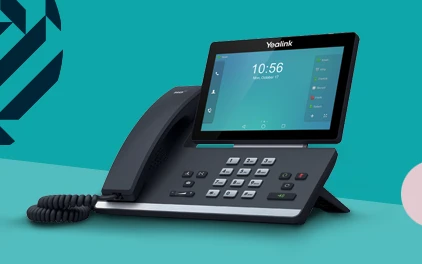The Microsoft 365 suite brings together office applications, Windows 10 or 11 and Enterprise Mobility and Security. This combination is a powerhouse of productivity, communication, collaboration, and security. For businesses with fewer than 300 seats, there are four licensing options when deploying Microsoft 365: Microsoft 365 Apps, Business Basic, Business Standard, and Business Premium. Microsoft 365 Apps and Business Basic are the cheapest options but lack many additional features. In this article, we will discuss what are the key differences between Microsoft 365 Business Standard and Premium, and which is the right choice for your business.
Microsoft 365 Business Standard
A Microsoft 365 Business Standard license includes Windows 10 or 11, with access to mobile, web and desktop office applications (Word, Excel and PowerPoint), as well as a suite of cloud services for collaboration and communications (Teams, Exchange, OneDrive and SharePoint). Business Standard users also are protected with standard security and compliance features. Finally, Business Standard also includes some lesser-known applications, such as Microsoft Forms, Lists and Bookings, which can improve many business processes.
Microsoft 365 Business Premium
Microsoft 365 Business Premium is the most feature-rich Microsoft license for businesses under 300 seats. Business Premium includes all the features in Business Standard, with additional advanced security features. These include the use of Intune, Azure Information Protection, and Microsoft Defender (soon to be Microsoft Defender for Business). We’ll discuss these further in this article.

Intune
Microsoft Intune is a cloud-based mobile device management (MDM) and mobile application management (MAM) service. It allows businesses to control how devices, such as mobile phones, tablets and laptops, are being used. It is also possible to configure policies for specific applications on a device.
The use of Intune can reduce the risk associated with shadow IT, BYOD programs, and enable efficient update and patch management. As hybrid work and remote work has become commonplace, it is increasingly important to be able manage employees’ devices, as with employees working away from the office, IT teams have less visibility over individual devices, which increases the chance of a cyberattack.

Azure Information Protection













